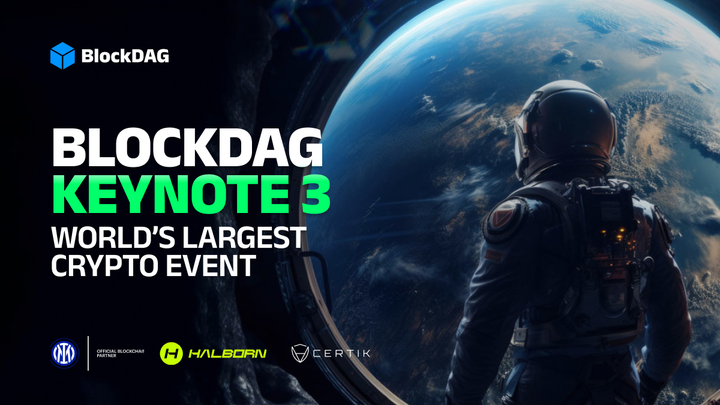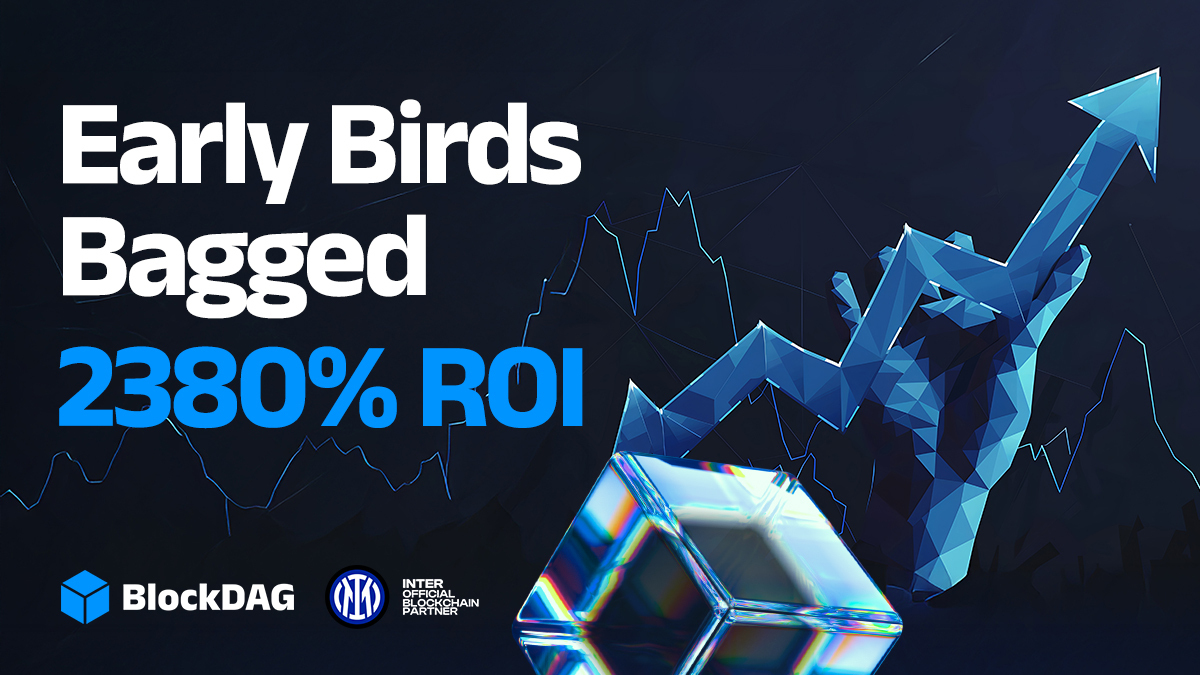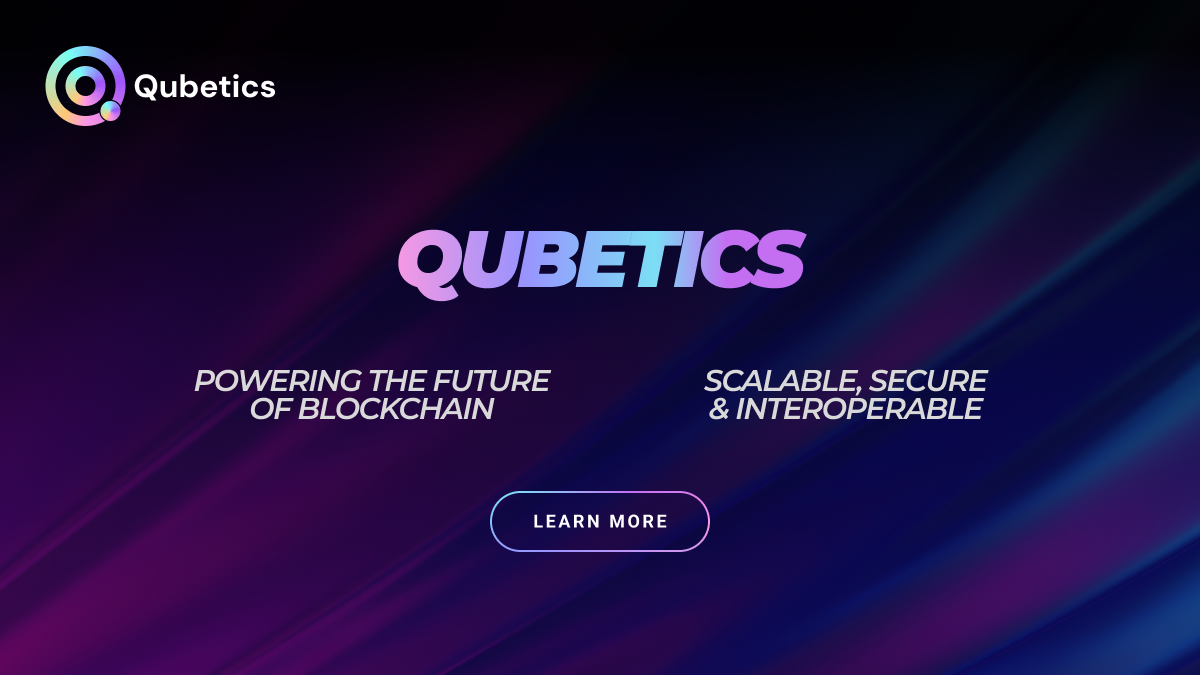
BlockDAG’s Keynote 3 Trending In Crypto Circles – More On Stellar Bridges & Toncoin Price
Speed alone doesn’t guarantee success. Toncoin leveraged Telegram’s massive user base to gain traction, while Stellar focused on bridging traditional finance with blockchain. Both networks offer distinct value, but their architectures still carry the weight of their initial design choices.
BlockDAG (BDAG) takes a different route, embedding scalability at its foundation with a hybrid DAG + Proof-of-Work framework. Rather than relying on incremental patches like many Layer 1 and Layer 2 solutions, it prioritizes efficiency from the start. With testnet adoption surging and a $208 million presale already secured, BlockDAG is proving that mass adoption can be transparent, scalable, and ready at layer one.
Toncoin’s Evolution: From Telegram’s Vision to Blockchain Success
Toncoin (TON) began as Telegram’s blockchain project in 2018, with the goal of creating a high-speed, scalable decentralized network. After raising $1.7 billion in a private ICO, regulatory hurdles forced Telegram to step back in 2020. However, the open-source community revived the initiative, launching The Open Network in August 2021.
Toncoin debuted at $0.70 and, as of March 26, 2026, trades at $3.63—a 418% surge. With layered architecture and sharding, it enables thousands of transactions per second while integrating with Telegram’s vast user base.
Despite early legal challenges, Toncoin has matured into a thriving ecosystem. The project’s resilience and community-driven development have rewarded early supporters and positioned it as a rising force in practical blockchain deployment and user-accessible infrastructure.
Stellar: Transforming Cross-Border Transactions with Blockchain
Stellar (XLM) was launched in 2014 by Jed McCaleb and Joyce Kim, aiming to make financial systems more inclusive through blockchain technology. Backed by the Stellar Development Foundation, the network was designed to seamlessly bridge fiat and crypto, enabling low-cost, fast cross-border transactions. Its initial ICO priced XLM at just $0.003.
As of March 26, 2026, XLM trades at $0.482, delivering an impressive 16,000%+ return for early investors. Utilizing the Stellar Consensus Protocol (SCP), the network ensures fast, energy-efficient validation without mining, making it ideal for remittances and micropayments.
With strategic partnerships—including IBM and MoneyGram—and a built-in decentralized exchange, Stellar continues to advance real-world interoperability and borderless finance for all.
BlockDAG Eliminates Centralized Sequencers: A New Standard for Scaling
Layer 2 solutions were introduced to ease blockchain congestion, but they often created new problems. From centralized sequencers and opaque validator sets to off-chain dependencies and fragmented user experience, many Layer 2 networks have merely pushed congestion out of sight rather than solving it. Instead of applying temporary fixes, BlockDAG builds scalability into the base layer—ensuring decentralization and high performance go hand in hand.
At the heart of BlockDAG’s architecture is a hybrid Directed Acyclic Graph (DAG) and Proof-of-Work model, allowing multiple blocks to be confirmed in parallel. This removes the bottlenecks that force Layer 1 networks to rely on external scaling solutions. Imagine if transactions didn’t have to wait in a long queue, said CTO Jeremy Harkness.
With our parallel processing, multiple blocks are confirmed simultaneously. By eliminating sequencers and off-chain shortcuts, BlockDAG ensures transactions remain transparent, decentralized, and natively scalable.
The results are already evident. BlockDAG’s presale has raised $208 million, selling 18.9 billion coins across 27 batches, delivering a 2,380% ROI for early buyers. With testnet adoption growing and mainnet launch approaching, BlockDAG is proving that scalability doesn’t have to come at the cost of decentralization—it can be built in from day one.
Rethinking Blockchain Scalability: A Clean-Slate Approach
Toncoin and Stellar each reflect the strengths—and limitations—of their starting points. One emerged from a messaging giant’s abandoned project, while the other was shaped by early attempts to bridge crypto with traditional finance. Though both have evolved, their scalability and decentralization models are built on older frameworks, often requiring workarounds or trade-offs.
BlockDAG takes a different route—eliminating the need for Layer 2 patches or centralized infrastructure by embedding throughput, transparency, and community governance into its foundation. By prioritizing scalability at the base layer, it ensures a more seamless and decentralized experience without the constraints of legacy systems.
As blockchain adoption moves from experimentation to real-world utility, platforms with clean architecture and built-in efficiency may set the new industry standard—leaving behind those reliant on temporary fixes.
Website: https://blockdag.network
Presale: https://purchase.blockdag.network
Telegram: https://t.me/blockDAGnetworkOfficial
Discord: https://discord.gg/Q7BxghMVyu
| Disclaimer: The text above is an advertorial article that is not part of kanalcoin.com editorial content. |









